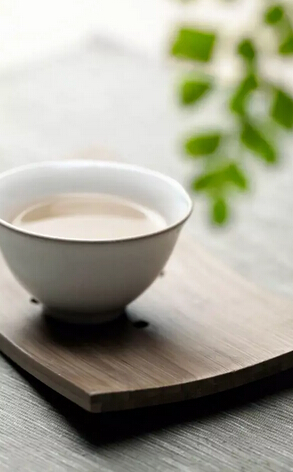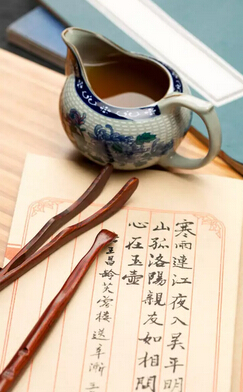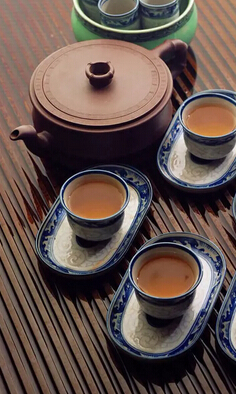Tea enthusiasts often use the first brew to rinse the tea, but is it necessary for all types of tea, and how should it be done correctly?
Recently, the question of whether tea leaves need rinsing has sparked renewed discussion. The so-called "rinsing" can also be referred to as awakening or moistening the leaves. In reality, it’s not as mysterious or complex as it might seem. Rinsing tea ultimately comes down to whether the first brew should be consumed or discarded.

Tea foam is a treasure
As early as ancient times, people noticed the foam produced when brewing tea and regarded this "white foam" as a sign of quality. Modern research shows that the first brew releases a higher concentration of nutrients, including tea saponins, which have dispersing, foaming, and moisturizing properties, as well as anti-inflammatory and analgesic effects. With today’s stricter production standards and cleaner conditions, many choose to skip rinsing and drink the first brew directly.

Rinsing for added assurance
From fresh leaves to finished tea, the process involves picking, sun-drying, and air-drying, among other steps, which may introduce dust or impurities. Thus, many still discard the first brew. However, rinsing does not remove pesticide residues, as they are fat-soluble and don’t dissolve in water. Beyond cleaning, rinsing also helps "awaken" the leaves, allowing them to unfurl and release their aroma and flavor more effectively.

Specific rinsing for specific teas
As Chairman Mao once said, "Analyze specific issues specifically." The same applies to rinsing tea—it depends on the type of tea being brewed. Generally, delicate teas like green tea, white tea, and yellow tea don’t require rinsing, as their first brew is often the most fragrant and refreshing. In contrast, robust teas like black tea, dark tea, and oolong tea benefit from rinsing. Compressed teas like Pu-erh or rolled teas like Tieguanyin should be rinsed to unlock their full flavor potential.